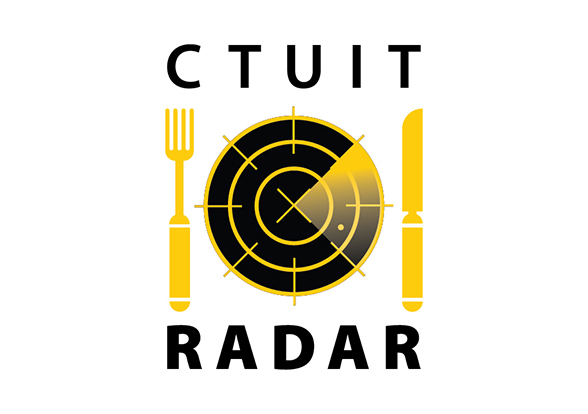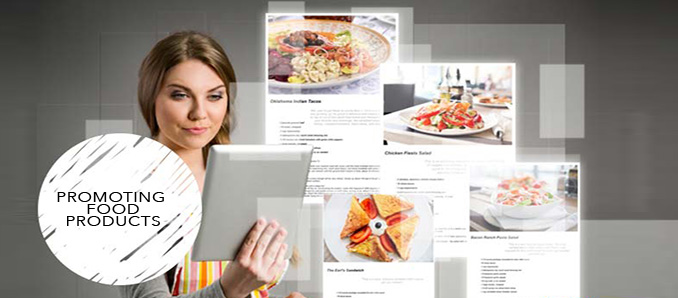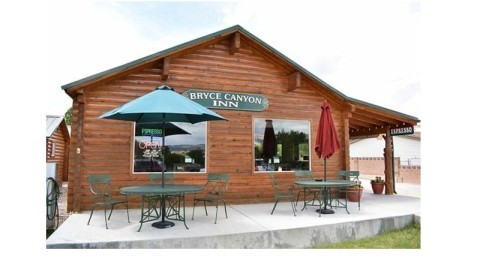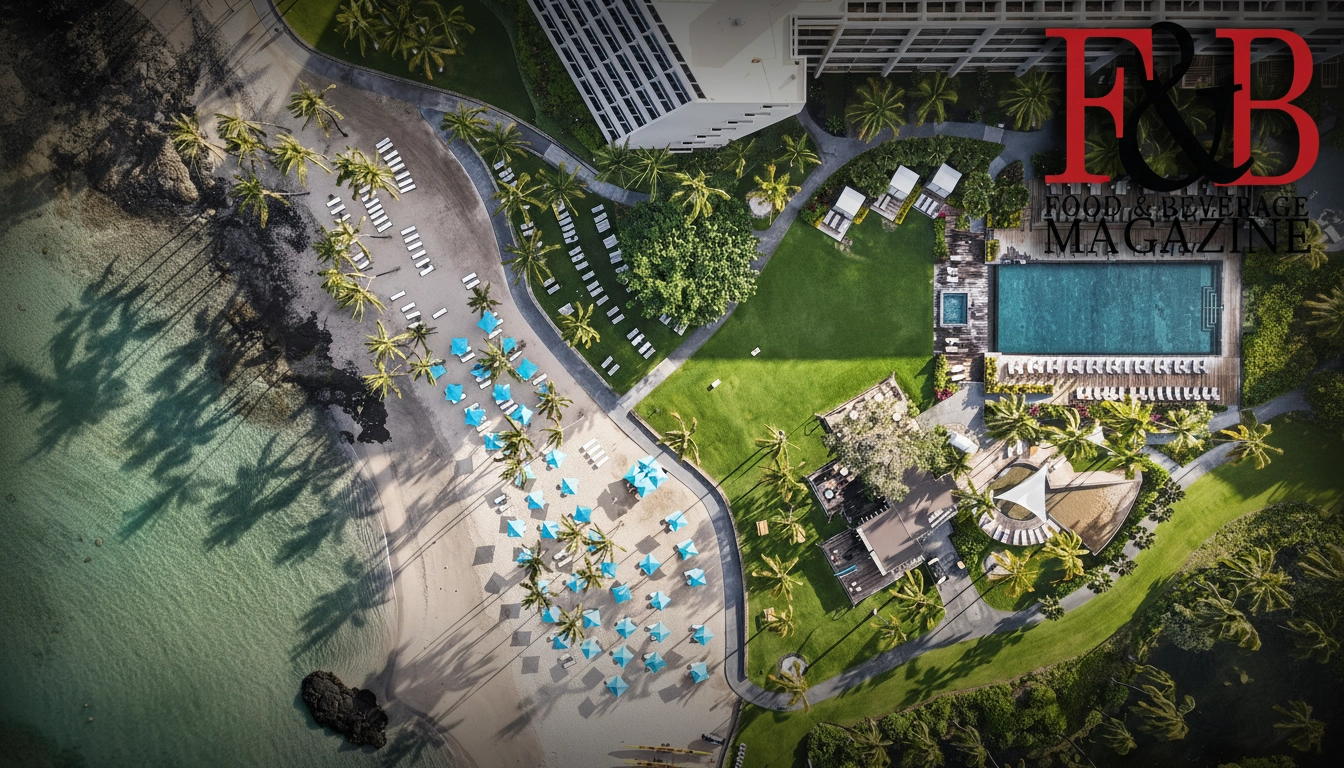
When a luxury resort partners with a legendary restaurant brand, it's not just about serving great food: it's about leveraging three decades of culinary reputation to create an irresistible draw for discerning travelers. Mauna Lani, Auberge Collection's latest collaboration with Blue Ribbon Sushi represents a masterclass in how hospitality brands can harness restaurant brand equity to drive destination appeal and increase occupancy during peak season.
The Power Play: Blue Ribbon's 30-Year Legacy Meets Hawaiian Paradise
Mauna Lani has announced an exclusive holiday partnership with Blue Ribbon Sushi, bringing the critically acclaimed restaurant group's legendary Japanese cuisine to the Kohala Coast for a limited-time pop-up experience. Running from December 19 through January 4, this strategic collaboration transforms the resort's beachfront Surf Shack into a destination dining experience that extends far beyond typical hotel food and beverage offerings.
The timing isn't coincidental. Blue Ribbon Sushi is celebrating its 30th anniversary: a significant milestone that adds weight and credibility to this partnership. Founded by chefs Bruce and Eric Bromberg alongside master sushi chef Toshi Ueki, Blue Ribbon has built an unshakeable reputation in the competitive New York dining scene and beyond.

Strategic Brand Equity at Work
This partnership exemplifies how savvy hospitality operators can tap into established restaurant brand equity to differentiate themselves in an increasingly crowded luxury market. Rather than relying solely on their own culinary reputation, Mauna Lani is borrowing: and amplifying: Blue Ribbon's three decades of acclaim to create a unique selling proposition that competitors can't easily replicate.
The food and beverage industry has seen similar strategies work exceptionally well. When restaurants with established followings partner with hotels, they bring their loyal customer base, media attention, and culinary credibility to the table. For Mauna Lani, this means attracting food enthusiasts who might not have considered the resort otherwise, while giving existing guests an unexpected culinary adventure.
Exclusivity Creates Urgency
The limited-time nature of this collaboration: just over two weeks during the peak holiday season: creates the kind of scarcity marketing that drives immediate bookings. Running nightly from 5:00 to 7:30 PM, the experience offers both resort guests and public diners access to Blue Ribbon's masterfully prepared sushi, seasonal specialties, and exclusive omakase offerings.
The menu promises to showcase exceptional fish sourced daily from Japan and beyond, paired with award-winning sake, wine, and signature craft cocktails. Standout offerings include the specially created Mauna Lani Hand Roll featuring uni, toro, and caviar, alongside the Kohala Roll with Kona kanpachi, kanikama, cucumber, mango, and truffle: dishes that blend Blue Ribbon's Japanese expertise with local Hawaiian ingredients.
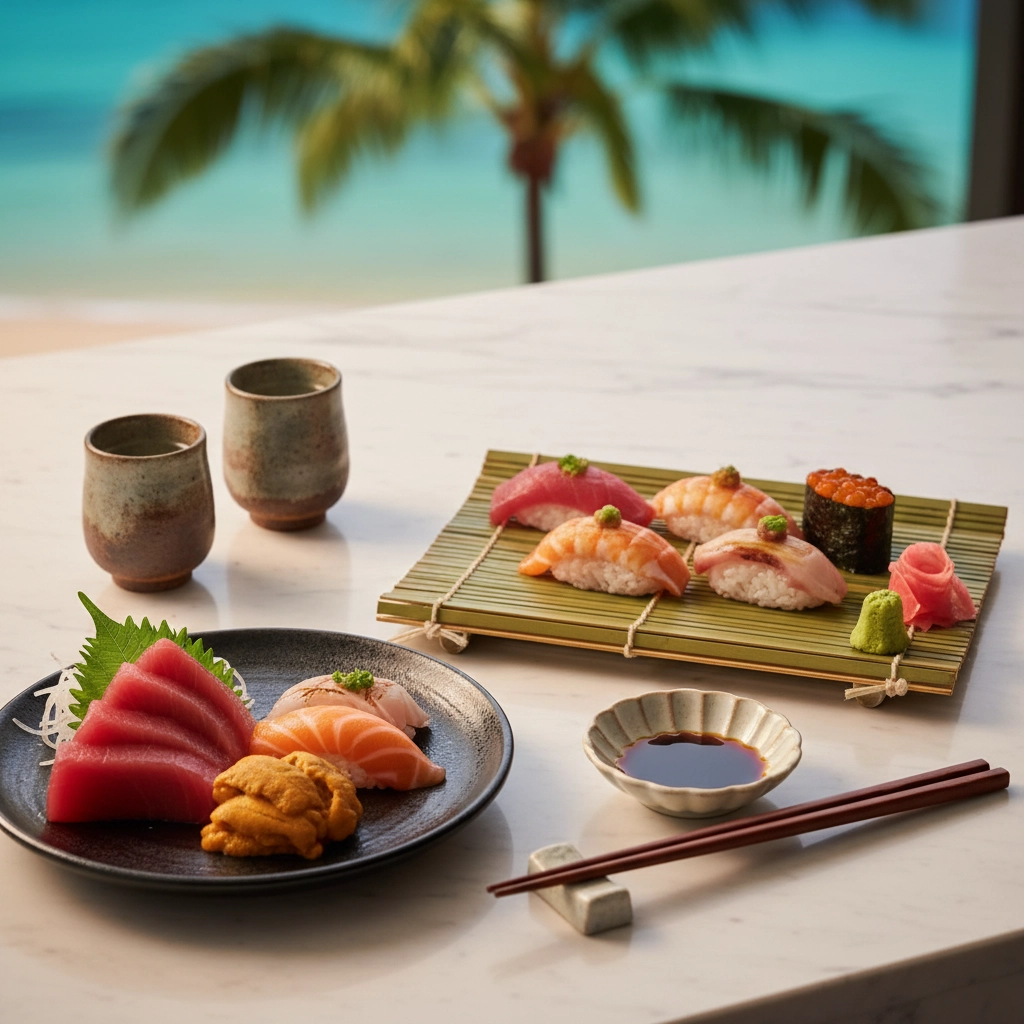
Building on Culinary Heritage
This partnership builds strategically on Mauna Lani's established culinary reputation. The resort has long been recognized as a destination for world-class food festivals and unique chef collaborations, including partnerships with renowned culinary talents like Nancy Silverton and Andrew Zimmern. Their signature restaurant, CanoeHouse, is credited with helping birth Hawaii Regional Cuisine: a foundation that makes the Blue Ribbon collaboration feel authentic rather than opportunistic.
The resort's track record with the annual Mauna Lani Culinary Classic, which has featured Blue Ribbon Restaurants as a key partner, demonstrates that this isn't a one-off marketing stunt but part of a broader strategy to position Mauna Lani as a serious culinary destination.

Industry Implications for Restaurant Marketing
For restaurant marketing professionals and hospitality managers, this collaboration offers several key insights. First, it demonstrates how established restaurant brands can extend their reach and revenue streams beyond their traditional markets. Blue Ribbon gains access to Hawaii's affluent tourist market without the overhead of opening a permanent location.
Second, it shows how luxury resorts can elevate their food and beverage programs without massive capital investments in new facilities or long-term chef contracts. Instead of building a new restaurant or hiring celebrity chefs, Mauna Lani is essentially renting Blue Ribbon's reputation and expertise for maximum impact during their busiest season.
The partnership also highlights the growing importance of experiential dining in the hospitality industry. Modern travelers: particularly millennials and Gen Z: prioritize unique experiences over traditional luxury amenities. A limited-time collaboration with a legendary restaurant creates exactly the kind of Instagram-worthy, story-driven experience that drives social media buzz and word-of-mouth marketing.
What Other Properties Can Learn
This collaboration provides a blueprint that other luxury resorts and hotels can adapt. The key elements include:
Choose partners with genuine credibility: Blue Ribbon's 30-year track record and critical acclaim provides authentic gravitas that couldn't be manufactured overnight.
Create scarcity: The limited-time nature generates urgency and exclusivity that drives immediate action.
Blend signatures: The menu items that incorporate local ingredients (Kona kanpachi, mango) alongside Blue Ribbon's specialties create a unique offering that couldn't be experienced elsewhere.
Leverage existing relationships: Mauna Lani's previous work with Blue Ribbon through the Culinary Classic created a foundation of trust and proven collaboration.
.jpg)
The Future of Food and Beverage Partnerships
As the hospitality industry continues to recover and evolve post-pandemic, partnerships like this represent a smart way to maximize impact while minimizing risk. Rather than investing heavily in permanent restaurant concepts that may or may not resonate with guests, properties can test market response through limited-time collaborations.
For food and beverage directors and procurement executives, this approach offers flexibility to work with multiple prestigious brands throughout the year, keeping offerings fresh and generating ongoing media attention. It also provides valuable data on guest preferences that can inform future permanent dining concepts.
The success of this partnership will likely influence how other luxury resorts approach their food and beverage strategies. We may see more properties following Mauna Lani's lead, creating a new category of hospitality partnerships that blur the lines between hotels and restaurants.
This collaboration between Mauna Lani and Blue Ribbon Sushi represents more than just a holiday dining experience: it's a strategic use of restaurant brand equity that other hospitality properties would be wise to study and adapt. As the industry continues to prioritize unique experiences over traditional amenities, partnerships like this may well become the new standard for luxury resort dining programs.
For more insights on hospitality industry trends and restaurant marketing strategies, explore our coverage of tech trends transforming the foodservice landscape and innovative partnership strategies that are reshaping the industry.
Written by Michael Politz, Author of Guide to Restaurant Success: The Proven Process for Starting Any Restaurant Business From Scratch to Success (ISBN: 978-1-119-66896-1), Founder of Food & Beverage Magazine, the leading online magazine and resource in the industry. Designer of the Bluetooth logo and recognized in Entrepreneur Magazine's "Top 40 Under 40" for founding American Wholesale Floral. Politz is also the founder of the Proof Awards and the CPG Awards and a partner in numerous consumer brands across the food and beverage sector.



